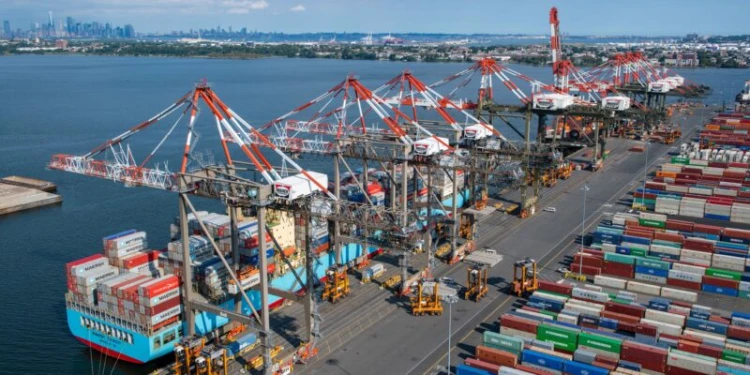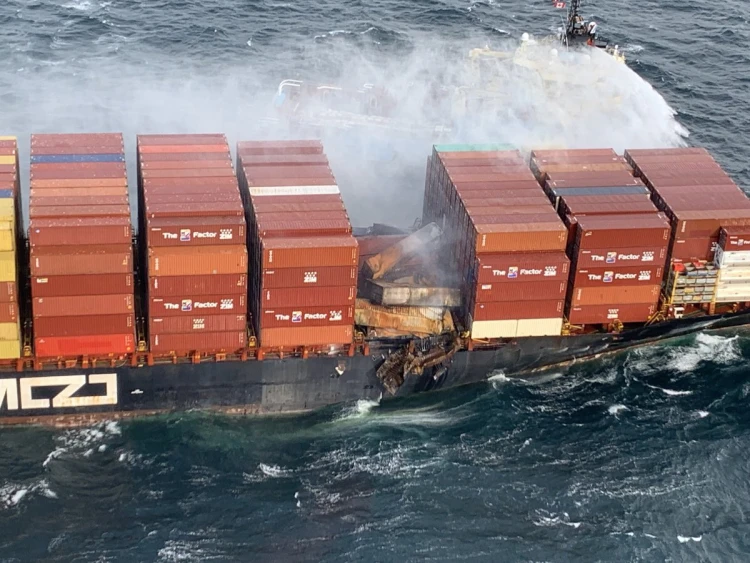New Container Terminal Would Boost Capacity at Port of Baltimore
Monday, 21 November 2022
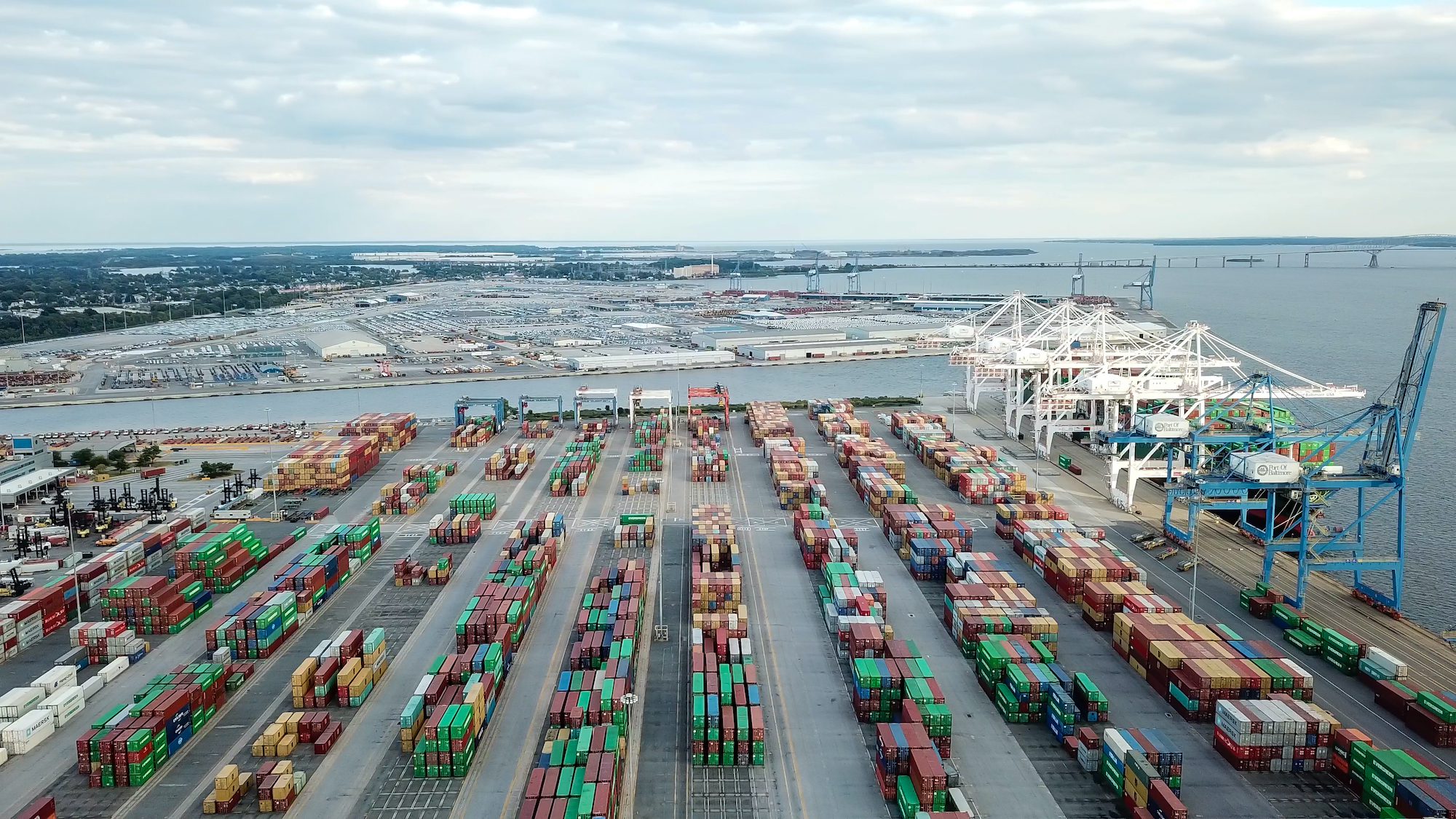
The Port of Baltimore, one of the busiest in the country for roll/on-roll/off cargo, is set for a big boost to its container handling capacity.
A new private partnership announced last week between Tradepoint Atlantic and Terminal Investment Limited, the port operator majority-owned by container shipping giant Mediterranean Shipping Company (MSC), will seek to develop a 165-acre container terminal with an on-dock rail facility at Coke Point at the former site of a historic steel mill in Sparrows Point, Maryland.
The agreement is part of a multi-faceted project Tradepoint Atlantic is undertaking to redevelop the site into a 3,300 acre a logistics and industrial hub.
Sparrows Point was once the site of a steel mill site for Bethlehem Steel, one of the largest steel making and shipbuilding companies of the 20th century.
Tradepoint Atlantic said the agreement marks the next major phase of the redevelopment and kicks off a multi-year project that will include public engagement, design, permitting, and construction phases and create jobs.
MORE NEWS : Maersk Warns of ‘Dark Clouds on the Horizon’ for Container Shipping
“This is one of the most important and consequential announcements that we have made since setting out our initial plans to redevelop the former Sparrows Point Steel Mill,” said Kerry Doyle, Tradepoint Atlantic Managing Director.
The Port of Baltimore ranks first among the nation’s busiest ports for autos and light trucks, roll on/roll off heavy farm and construction machinery, and imported gypsum. Last year, the port broke ground on the Howard Street Tunnel expansion project, which will reconstruct the tunnel to accommodate double-stacked container trains to and from the Port.
The Port of Baltimore’s main container terminal, the 1.5 million TEU capacity Seagirt Marine Terminal, is operated by Port America under a 50-year public-private partnership agreement signed in 2010. It features a 50-foot deep channel and container berth, seven post-panamax cranes, and four super Post-Panamax cranes capable of handling the largest ships calling on the East Coast.
So far there have been no details provided about the potential capacity of the new container terminal or when it might open.
“This strategic partnership with TIL is only possible because of the tremendous investment in the expansion of the Howard Street Tunnel and highlights the lasting and growing opportunities here at Tradepoint Atlantic,” added Doyle. “Today’s announcement means that not only will Baltimore and Maritime remain competitive with other major East Coast ports for years to come, but that we will gain a substantial advantage over them.”
MORE NEWS : New report warns hackers could create another Ever Given incident in the Suez
Maryland Governor Larry Hogen touted the project for creating 1,000 new jobs for the region.
“Tradepoint Atlantic has quickly become a transformational force as one of North America’s most strategic and versatile commercial gateways and a magnet for major companies like Amazon, BMW, FedEx, and Volkswagen to build and expand their footprint in the region,” said Governor Hogan. “It has also solidified the Port of Baltimore’s status as one of the best ports in America, and today we are celebrating a joint partnership between Tradepoint Atlantic and Terminal Investment Limited, which will further expand the growth and competitiveness of the Port with the addition of an on-site 165-acre rail served container terminal.”
“This investment is an exciting opportunity to create much needed additional container handling capacity in Baltimore and will be a driver of economic growth for its direct hinterland,” said Ammar Kanaan, CEO of Terminal Investment Limited.
Tom Van Eynde, TIL’s Terminal Investment Director for North America, said the new container terminal will be among the nation’s greenest.
“This terminal will be one of the greenest terminals in the U.S. But apart from minimizing the carbon footprint of its operations, this terminal will also allow to reduce emissions further down the supply chain, since its location within less than 50 miles from Washington will allow us to serve the third biggest consumer market in the U.S. with a minimum of road miles, while at the same time its rail product will also offer the closest rail connection from any port to the Midwest,” said Eynde.
Source : https://gcaptain.com
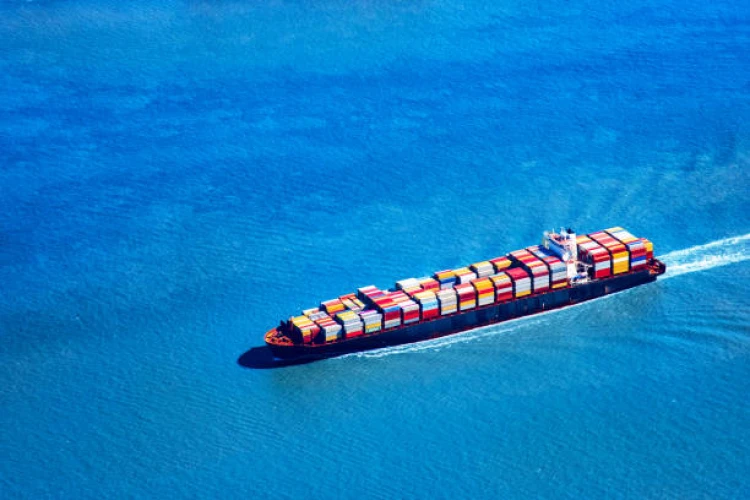
06 January 2025
Hurricane Beryl trims cargo volumes in Houston and New Orleans
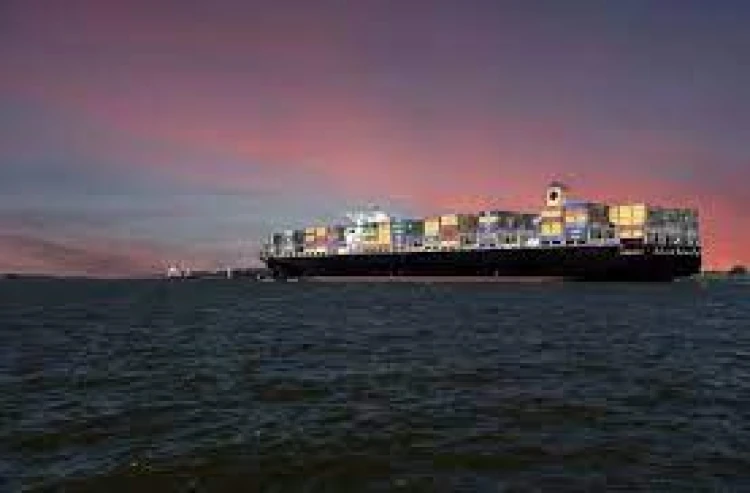
25 January 2025
Container freight rates tumble

08 February 2025
